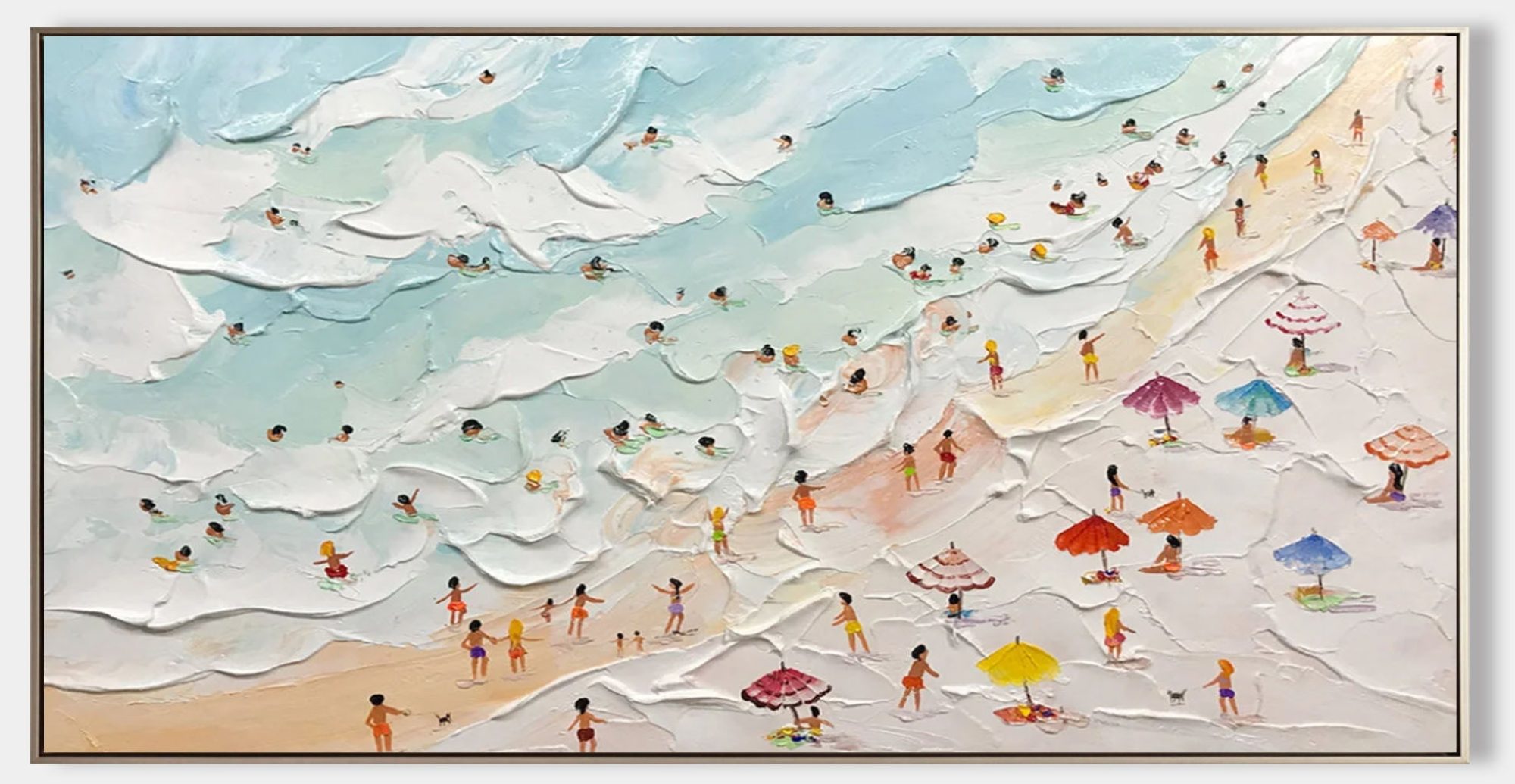Introduction: Abstract Art as Inner Architecture
In the absence of form, abstract art builds invisible architecture — structures of emotion, intuition, and introspection. “Something Beyond Quiet” does not offer a narrative, yet it constructs an experience that feels both intensely personal and universally resonant.
Stillness is a Structure, Not a Void
The painting embodies a kind of minimalist emotional blueprint. Like the architecture of a sacred space, it uses “emptiness” as a way to create emotional volume. Lao Tzu once noted, “Silence is a source of great strength.” That silence, here, is carefully designed.
Contrast as Emotional Blueprint
Cool and warm tones subtly collide and then recede. The vertical layering of texture mirrors emotional sediment — feelings laid down over time. The artist doesn’t force clarity but evokes a sensation akin to memory: half-formed, hazy, yet undeniable.
Nonlinear Time and the Viewer’s Journey
Unlike narrative art that demands a start and end, abstract painting allows time to stretch. One may enter the work at any point, emotionally or visually. Every moment spent gazing is a new beginning.
The Psychological Mirror
Abstract works such as this function as psychological mirrors. One viewer might feel serenity, another a sense of sorrow. This subjectivity is not a flaw, but the ultimate strength of abstraction — it evolves with us.
Closing Thoughts
“Something Beyond Quiet” teaches us that quiet is not silence. It’s a whispered complexity, a stillness that hums. In an overstimulated world, it dares to offer refuge — not through escape, but through recognition.
